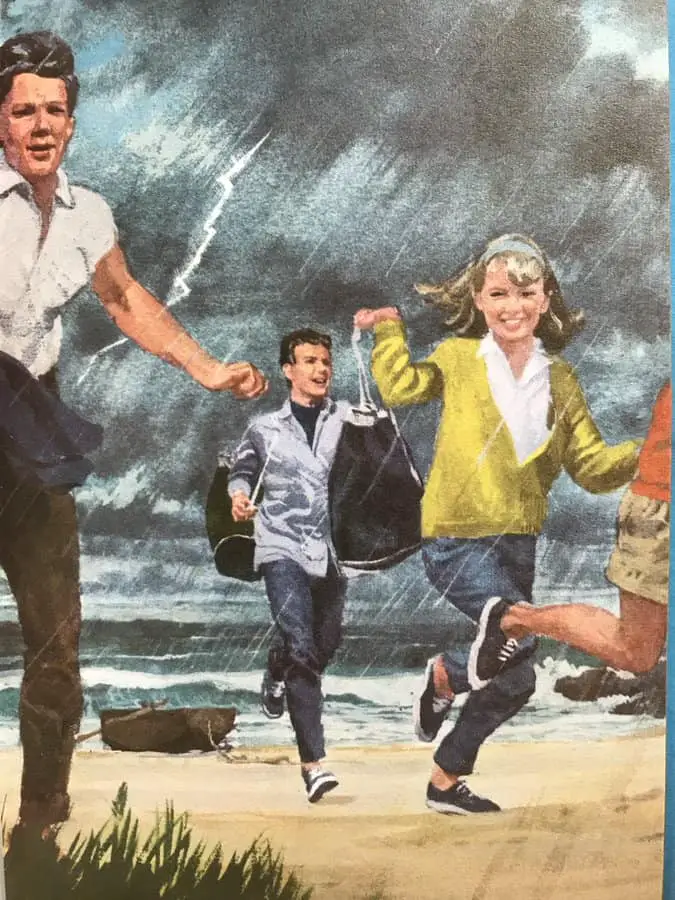-
Definition of logical fallacy
Fallacy is a specific kind of mistaken belief: You arrive at a conclusion through faulty thinking.
-
Cry Heart, But Never Break by Glenn Ringtved and Charlotte Pardi Analysis
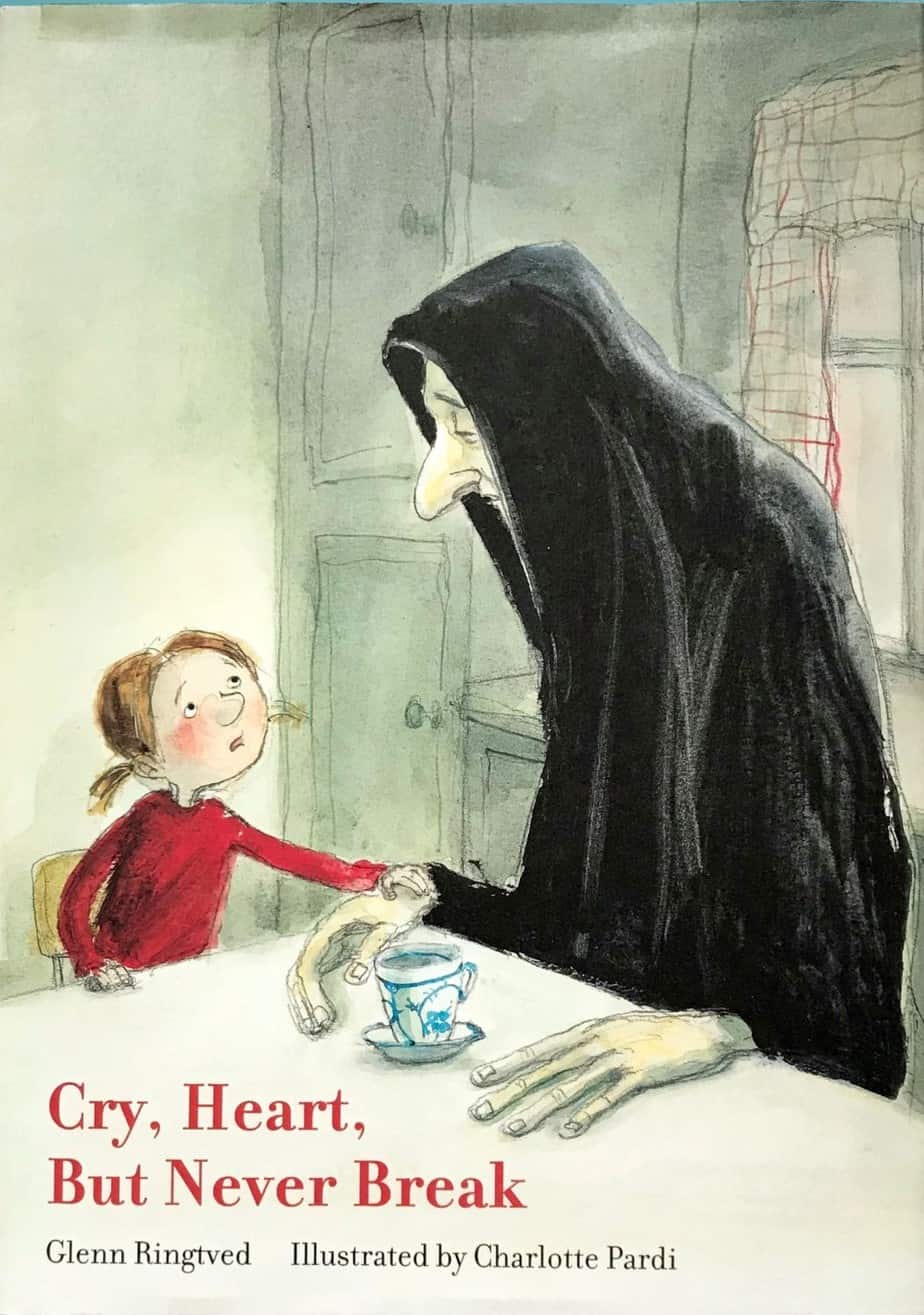
Cry Heart, But Never Break is a picture book to help children process their grief. The book was first published in Denmark in 2001, then translated into English by Robert Moulthrop five years later. The story is beautifully illustrated by Danish artist Charlotte Pardi. I recommend this book for children of all ages dealing with […]
-
Fly Homer Fly by Bill Peet Analysis
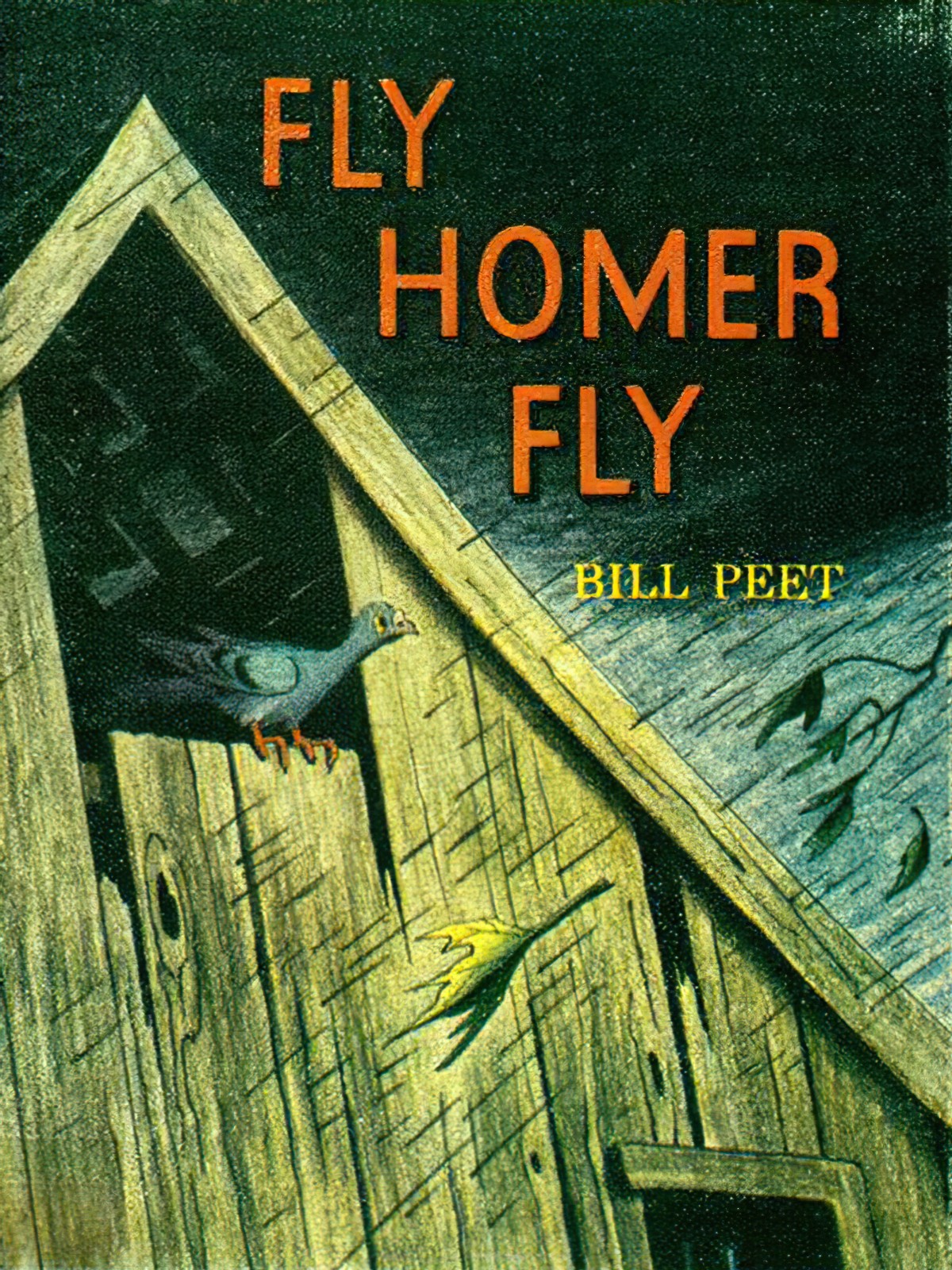
Fly Homer Fly is a 1969 picture book of 64 pages written and illustrated by Bill Peet who died in 2002 after a long career in children’s storytelling.
-
Sylvester and the Magic Pebble (1970) Picture Book Analysis
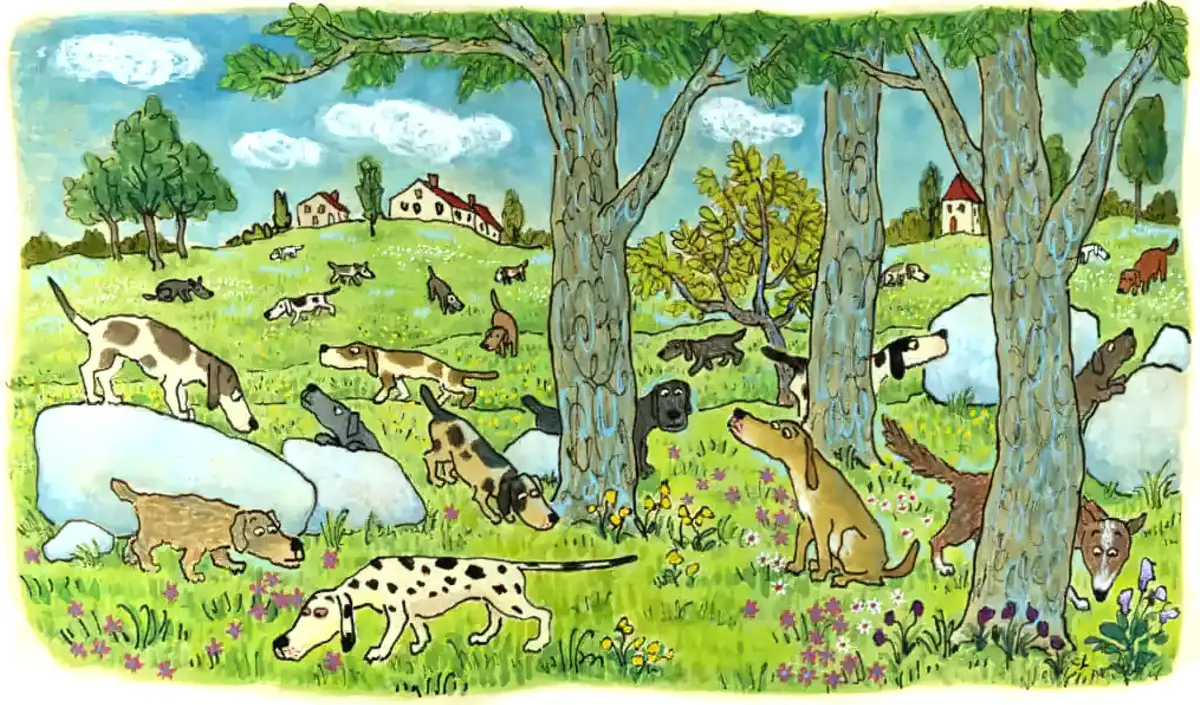
from the book “Sylvester and the Magic Pebble” written and illustrated by William Steig, published by Windmill Books, Simon & Shuster, New York, 1969. Winner of the Caldecott Medal in 1970
-
Taking The Veil by Katherine Mansfield Short Story Analysis
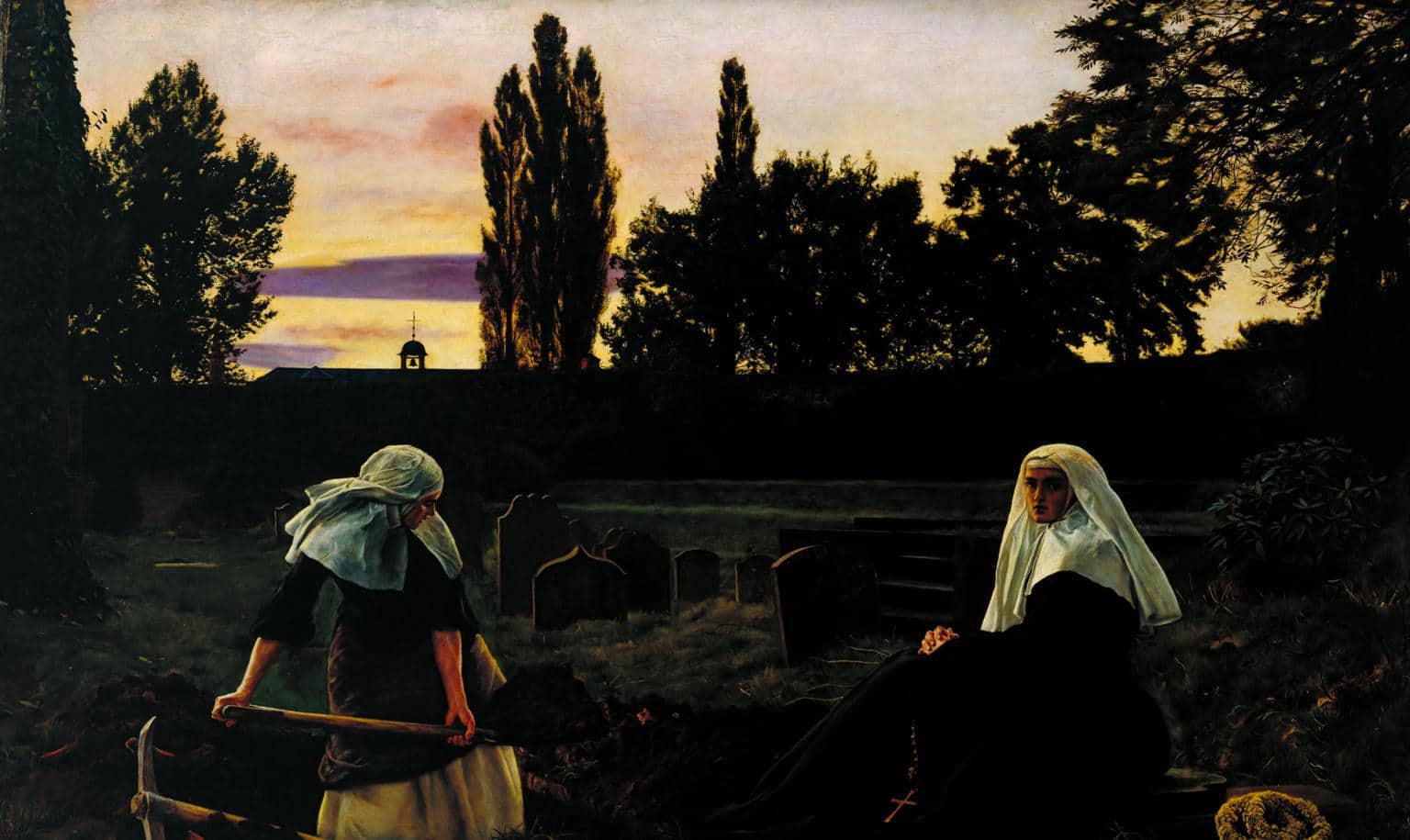
“Taking The Veil” is a short story by Katherine Mansfield, published in her collection The Dove’s Nest (1930). Our main character Edna should be feeling great right now. She’s eighteen, she’s beautiful and she’s in love. One slight problem. She is about to become a Bride of Christ, also known as taking the veil. (Or […]
-
Pictures by Katherine Mansfield Short Story Analysis
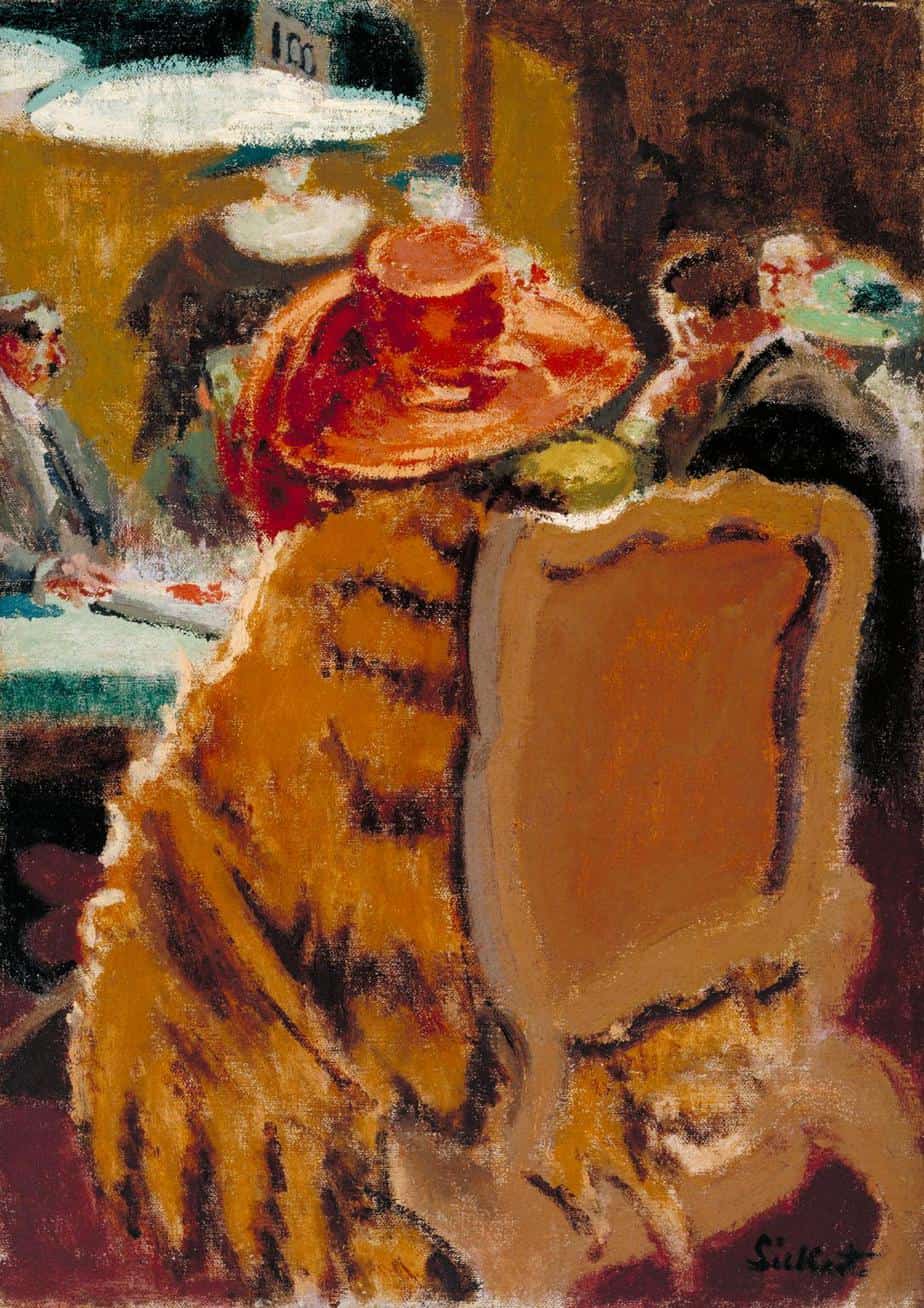
“Pictures” is a short story by Katherine Mansfield, published 1919. The London Evening Standard said of the story ‘it is stark realism from first word to last and yet it gives an impression of infinite understanding and pity’. The character Ada Moss was inspired by a woman Mansfield met three years earlier. They had sat […]
-
Swamps, Marshes, Quicksand And Sinking In Storytelling
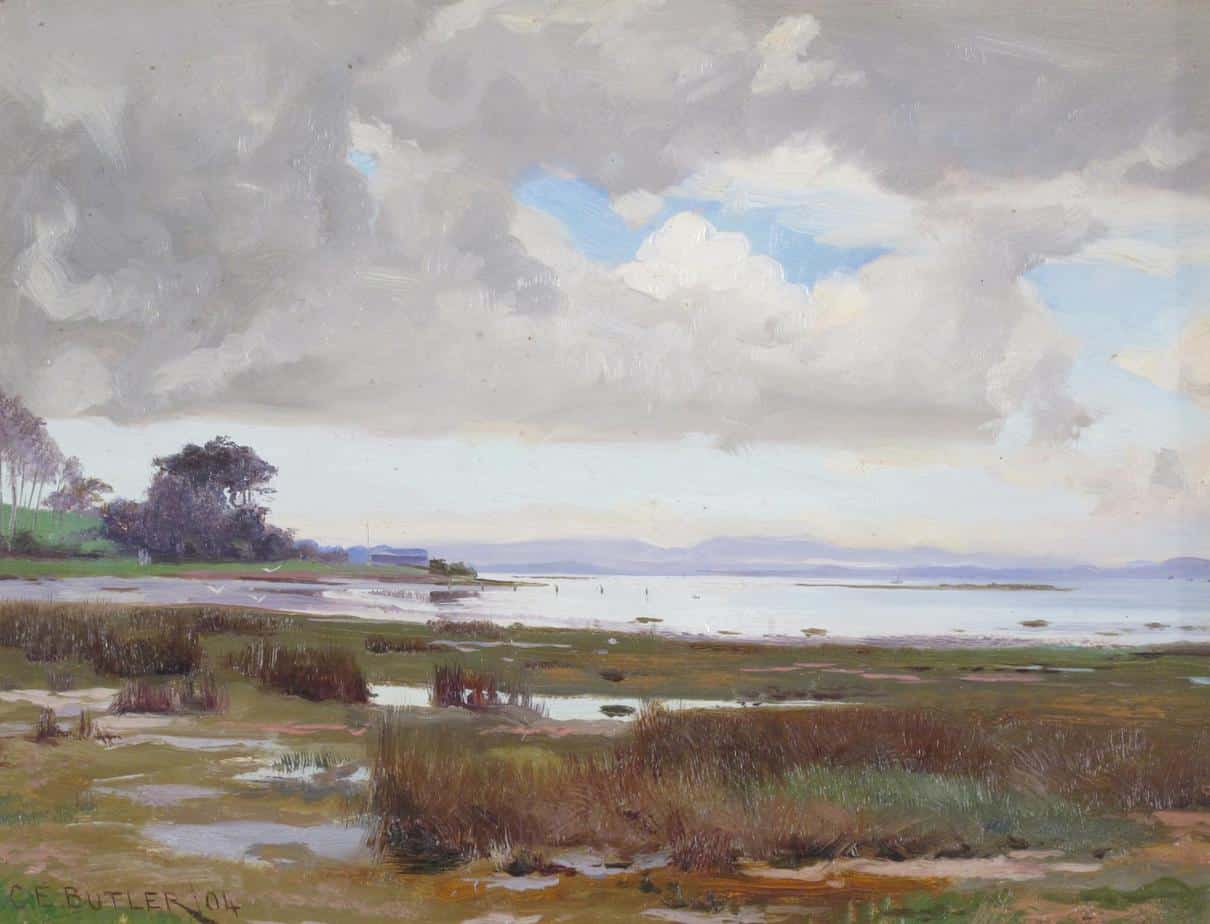
Here’s one little-known aspect of existing as a Gen X — the fear of sinking to death in sand. Perhaps you escaped this particular horror if your television exposure was moderated, but I’ve asked around, and I’m not the only child of the 80s to approach wet, sandy areas with extreme caution. Films and cartoons conveyed the idea that sinking…
-
Symbolism and The Scarlet Ibis by James Hurst Short Story Analysis

What can I say about “The Scarlet Ibis” that isn’t on Wikipedia? This 1960 short story is loved by English teachers because of its clear literary symbols — a good introduction to symbolism, especially to colour symbolism. COLOUR SYMBOLISM Students can be highly suspicious of close reading when teachers talk about colours and their symbolism. Colours […]
-
Rain by W. Somerset Maugham Analysis
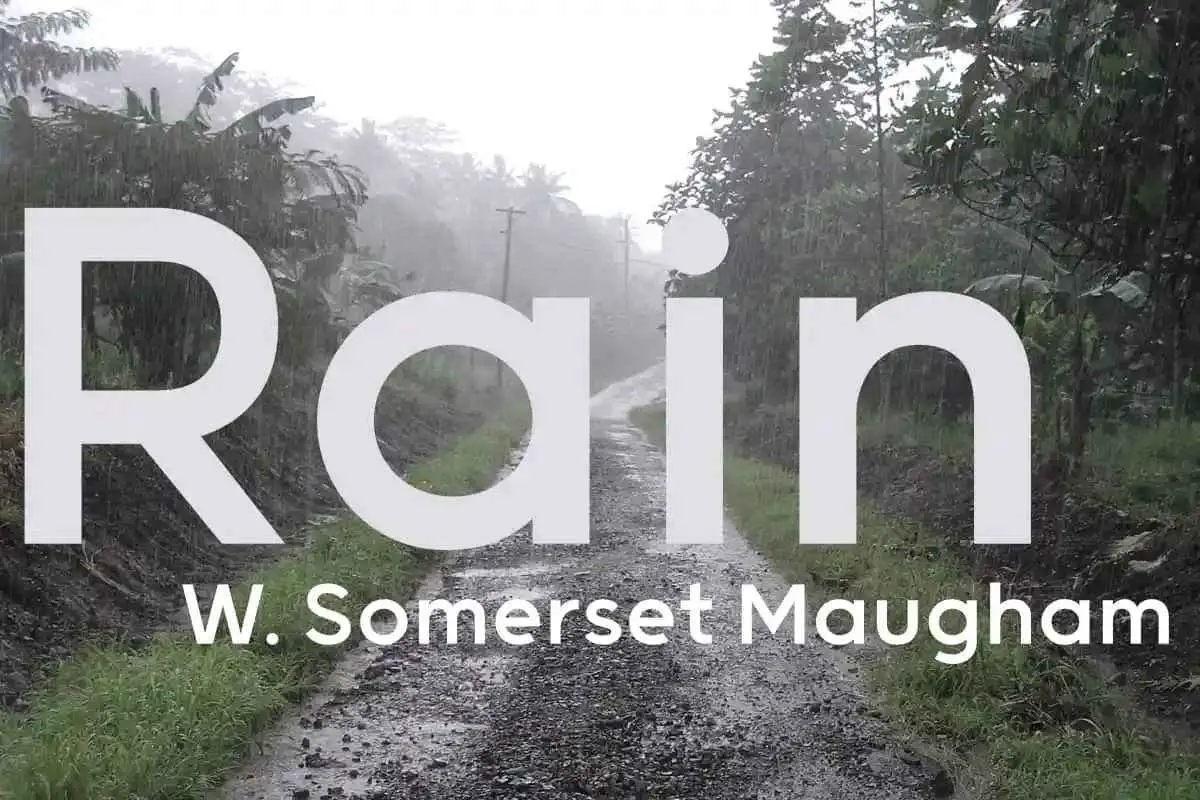
“Rain” by W. Somerset Maugham is a fish-out-of-water story, in which characters wholly unsuited to their environment become marooned somewhere due to external circumstances.
-
I’m A Fool by Sherwood Anderson Analysis
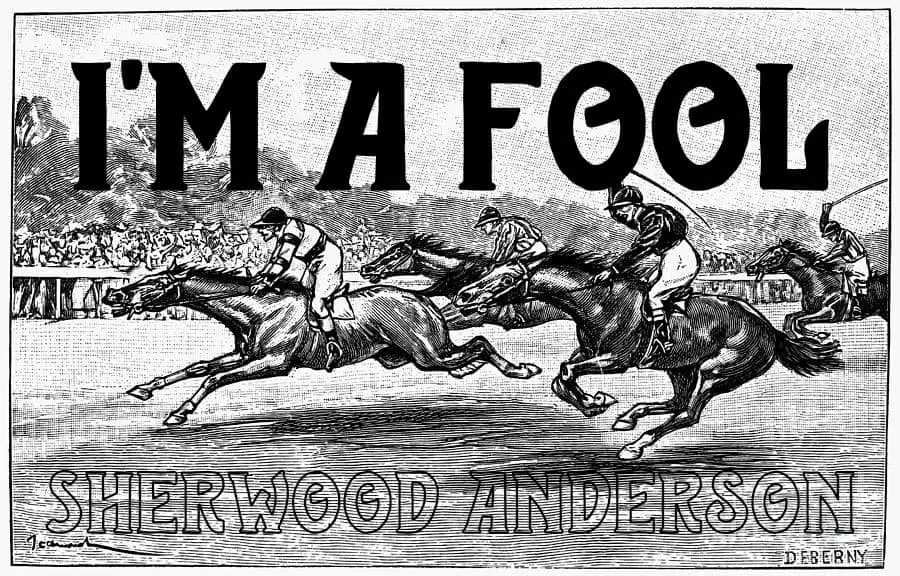
“I’m A Fool”(1922) is a short story written by American Sherwood Anderson, who was born around the time Lonesome Dove is set, and who died at the beginning of the second world war. So, he came along at the end of the cowboy days, lived through one world war and was heading into another. Anderson […]
-
What Kind Of Furniture Would Jesus Pick by Annie Proulx Short Story Analysis

“What Kind of Furniture Would Jesus Pick?” (2003) by Annie Proulx is the story of Gilbert Wolfscale, whose rabid devotion to his ranch drives off his wife and sons. You can read this one online. SETTING OF “WHAT KIND OF FURNITURE WOULD JESUS PICK?” This story reminds me of Larry McMurtry’s Hud, probably because it’s […]
-
Man Crawling Out Of Trees by Annie Proulx Short Story Analysis
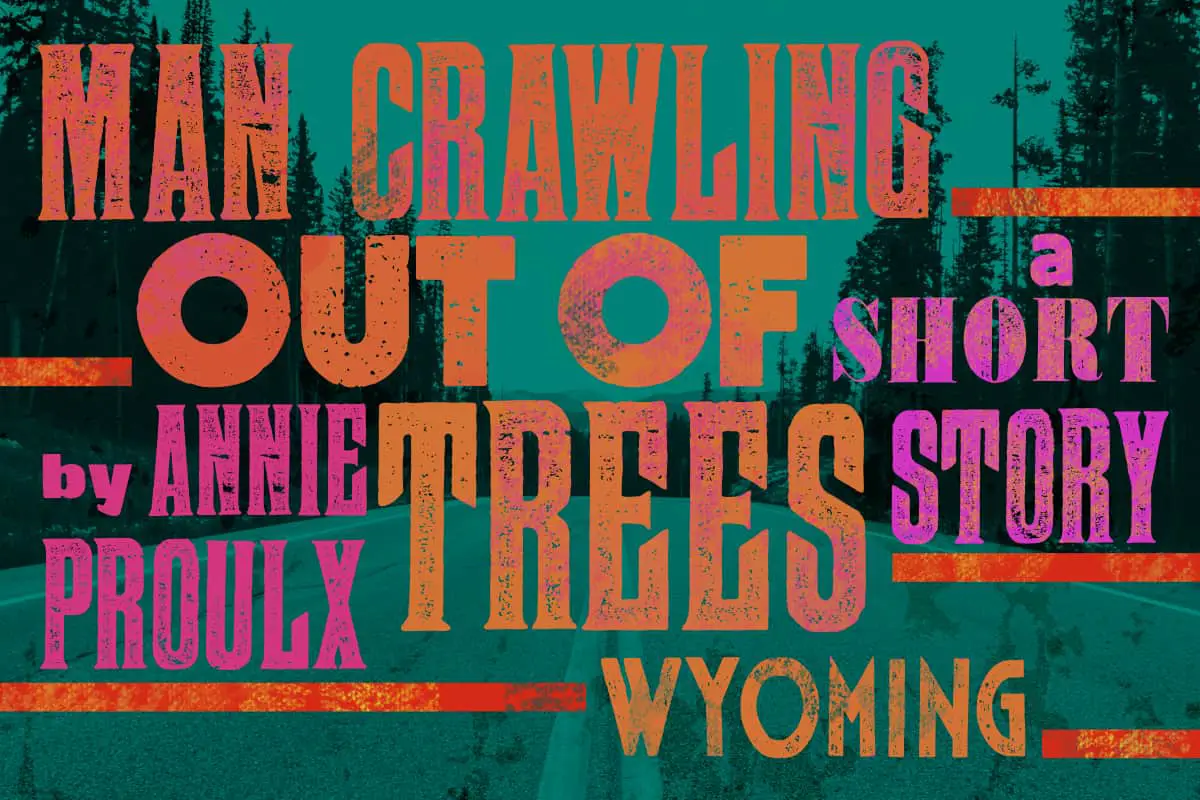
“Man Crawling Out Of Trees” is a short story by Annie Proulx, included in her Bad Dirt collection (2004). Many of the stories in this collection are in the tall story, brutal, regional, humorous tradition, and readers who don’t share Proulx’s sense of humour haven’t connected to these stories as well as they connected to earlier ones.
-
Silence by Alice Munro Short Story Analysis
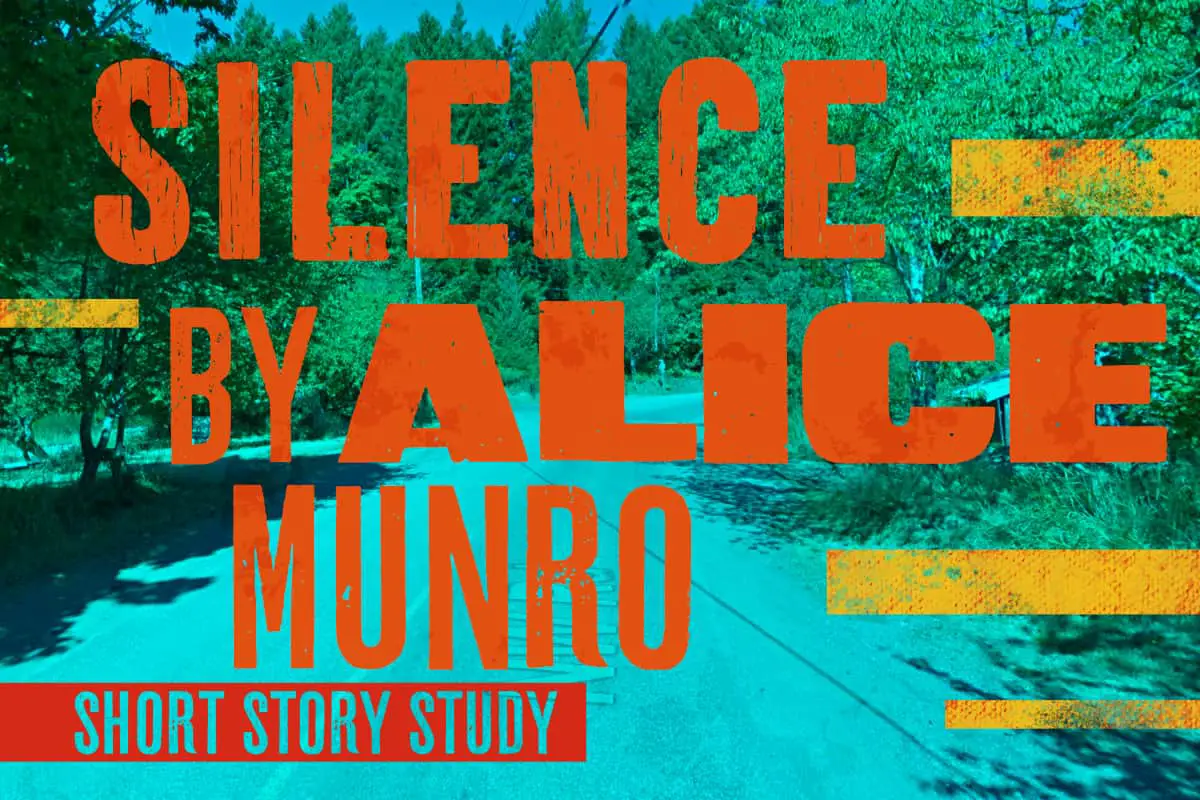
“Silence” is a short story by Alice Munro, one of three in a triptych about a woman called Juliet. The first are “Chance” and “Soon“. All three are published in the Runaway collection (2004). [“Silence”] brings to the foreground a theme that runs through many stories by Alice Munro—the role of silence within the network […]
-
How To Write Like Katherine Mansfield
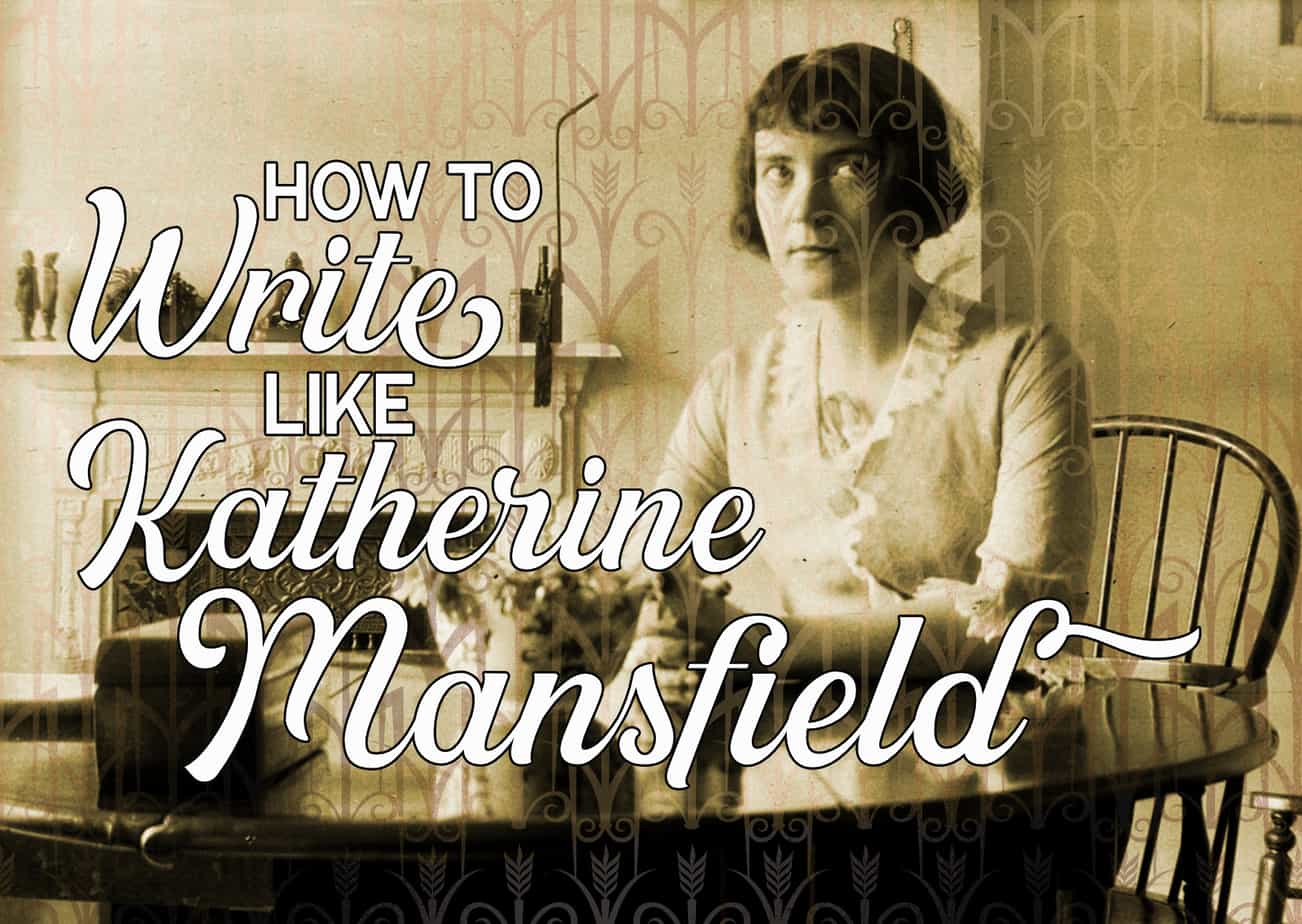
Mansfield borrowed from those who came before her and we may do the same. In fact, it’s inevitable. It pays to know our own influences… if only so we don’t mimic them too closely. Overall, Mansfield was a modernist writer. And of the modernist writers, she was at the highly aesthetic and visual end of […]
